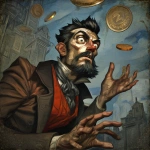Explore the Best AI Image Gallery

AI Art Generators: A New Brushstroke in the Creative Landscape
The realm of art has always been a canvas for innovation, constantly evolving with new tools and techniques. Today, a revolutionary force is emerging: AI image creation tools. These sophisticated algorithms, powered by machine learning, are capable of generating stunningly realistic and imaginative visuals, blurring the lines between human creativity and artificial intelligence.
A New Era of Artistic Expression
AI art generators offer artists and designers an unprecedented level of creative freedom. They can conjure up concepts that were once confined to the realm of imagination, experiment with different styles and aesthetics effortlessly, and iterate on designs at lightning speed. This accessibility democratizes art creation, empowering individuals without formal training to express themselves visually.
Transforming Industries
- Marketing and Advertising: AI-generated visuals can create captivating marketing campaigns, personalized advertisements, and eye-catching social media content.
- Entertainment: From concept art for movies and video games to generating background environments and characters, AI tools are revolutionizing the entertainment industry.
- Design and Architecture: Architects and designers can leverage AI to visualize their concepts in 3D, explore different design iterations, and refine their creations with precision.
The Ethical Dimensions of AI Art
While the potential of AI art is immense, it also raises important ethical considerations. One key concern is the potential for misuse, such as creating deepfakes that spread misinformation or generate harmful content. Ensuring responsible development and deployment of these tools is crucial.
Another aspect is the question of authorship and intellectual property. When an AI generates art, who owns the copyright? These are complex legal questions that require careful consideration and societal dialogue.
The Future of AI Art: A Collaborative Landscape
Looking ahead, the future of AI art is likely to be characterized by collaboration between humans and machines. AI tools will augment human creativity, enabling artists to explore new frontiers and push the boundaries of artistic expression.
As technology advances, we can expect even more sophisticated AI art generators that understand complex concepts, learn from user feedback, and generate truly unique and inspiring works of art.
Key Trends to Watch
- Increased Personalization: AI will enable the creation of highly personalized artwork tailored to individual preferences and tastes.
- Immersive Experiences: AI-generated art will be integrated into immersive environments, such as virtual reality and augmented reality, creating captivating interactive experiences.
- Interdisciplinary Collaboration: AI art will bridge the gap between different creative disciplines, leading to innovative and groundbreaking projects.
AI image creation tools are undoubtedly transforming the creative landscape. They offer a powerful new set of tools for artists, designers, and innovators, while also raising important ethical considerations. As we navigate this exciting new frontier, it is crucial to embrace the potential of AI while ensuring responsible development and use.
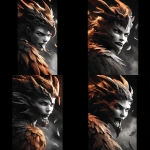
](https://images.ai-img.art/thumbnails/150/3e8c063b4357fc743a3c6e49a3145ee31b2dcecc018c38d2db8f97bf3e3fda3f.webp)
](https://images.ai-img.art/thumbnails/150/1d7b3a908141474d50d90721c394db29c0cb5404d685ae70ea60430c18e905b7.webp)
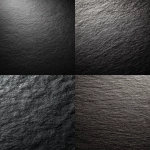
](https://images.ai-img.art/thumbnails/150/3c5dc62bba83cc9919c20ebfec8430d31e821cef586a2753dd85ef26d77d480a.webp)

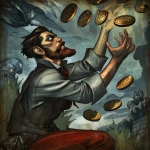
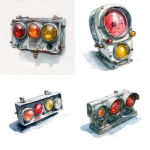

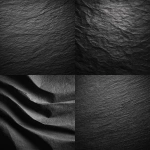
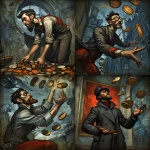


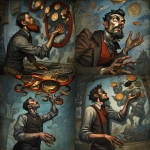

](https://images.ai-img.art/thumbnails/150/1accb5453f2335686b162f0a879c7ce73a18516a33868f214a16bdaf95beeb5a.webp)
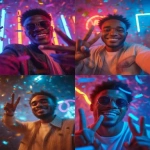


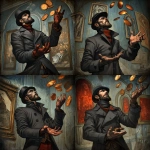

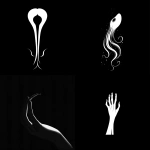
](https://images.ai-img.art/thumbnails/150/8c320ce9aefbbb5b9ec5fd4e1d0fba7388f0fff5b6c2e2f14077cad3008f291d.webp)
